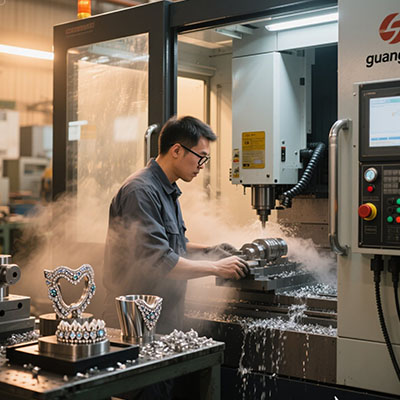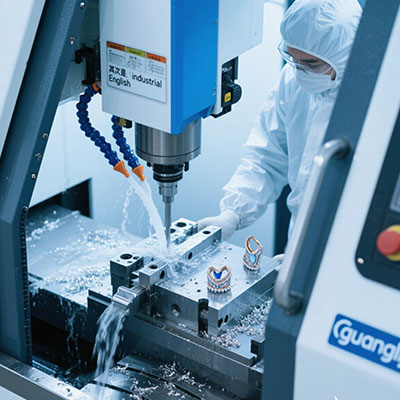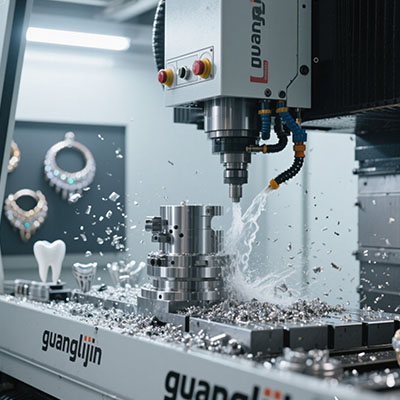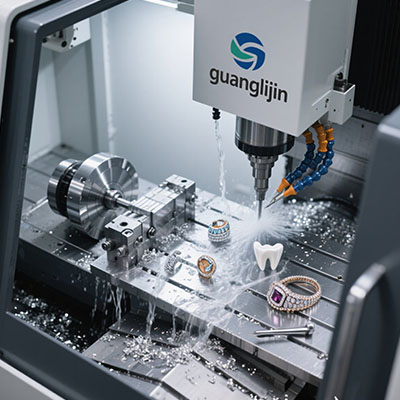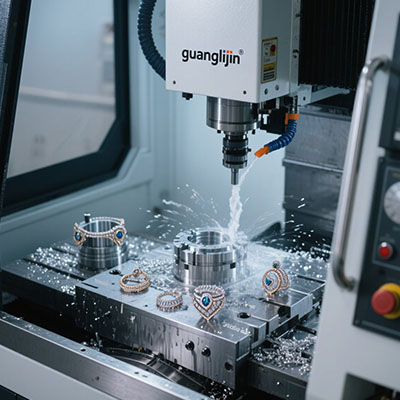Industrial 4 Axis CNC Machine Solutions: Unlocking Complex Manufacturing
What is a 4-Axis CNC Machine and Why Does It Matter?
Unlike standard 3-axis mills, a 4 axis CNC machine introduces an A-axis (rotation around the X-axis). This allows the workpiece to rotate automatically. Therefore, machining can occur on multiple sides without manual repositioning. This is a game-changer for efficiency.
The Core Problem: Limitations of 3-Axis Machining
3-axis machines are excellent for 2.5D and simple 3D work. However, complex geometries often require multiple setups. Each setup introduces potential errors and increases labor time. This is where the fourth axis becomes critical.
The Solution: Enhanced Capabilities of 4th Axis Machining
The primary advantage is continuous machining. Think of producing a cam or a helical gear. A 4 axis cnc machine can complete these in a single setup. This drastically improves accuracy and slashes production time.
Real-World Applications and a Personal Case Study
These machines excel in aerospace, automotive, and medical sectors. For instance, they mill complex impellers and prosthetic components with high precision. The versatility is impressive.
Our team in a 2025 project faced a challenge machining a titanium aerospace bracket. The part required intricate pockets on four faces. Using a 4-axis setup, we reduced machining time by 40% and eliminated fixture errors. The client was thrilled with the consistency.
4-Axis vs. 5-Axis: A Practical Comparison
It’s crucial to choose the right technology. While 5-axis offers more freedom, 4-axis is often more cost-effective for specific parts. Let’s compare two typical projects.
| Project Characteristic | Project A (4-Axis Recommended) | Project B (5-Axis Recommended) |
|---|---|---|
| Part Geometry | Cylindrical parts, features on sides | Complex, organic 3D contours |
| Setup Complexity | Single setup with rotation | Often requires multiple complex setups |
| Machine Cost (Approx.) | $50,000 – $150,000 | $100,000 – $500,000+ |
| Ideal For | Batch production of rotational parts | Prototyping, complex single pieces |
Source: Industry data from Modern Machine Shop (2023).
Implementing a 4-Axis System: A Step-by-Step Guide
Transitioning to 4-axis work requires planning. Here is a practical guide to get started.
- Evaluate Your Parts: Analyze if your designs have features that benefit from rotational machining.
- Select the Hardware: Choose between an indexer (for positioning) or a true continuous fourth axis.
- Upgrade Your CAM Software: Ensure your software supports 4-axis toolpath generation, like rotary milling.
- Develop a Fixturing Strategy: Properly secure the workpiece on the rotary table is critical for accuracy.
- Run Test Cuts: Start with a simple part to validate your setup and programming before full production.
Common Mistakes to Avoid
⚠Attention: A frequent error is neglecting tool clearance. When the part rotates, the tool holder might collide with the workpiece. Always simulate toolpaths in CAM software to prevent costly crashes.
Another pitfall is incorrect post-processing. The G-code must be tailored for your specific machine’s fourth axis controller. Using a generic postprocessor can lead to disastrous results.
Key Considerations for Maximum Efficiency
To truly benefit, focus on programming and tooling. For example, use the fourth axis for complex contours instead of just simple indexing. This maximizes the return on your investment.
According to a 2024 SME report, shops using 4-axis capabilities effectively saw a 30% average increase in throughput for applicable parts. That’s a significant boost.
Pre-Production Checklist
Before starting any job on your 4-axis CNC, run through this list:
- □ Verify the workpiece is securely mounted on the rotary axis.
- □ Confirm the CNC program uses the correct work offset for the rotation center.
- □ Perform a dry run (without cutting) to check for collisions.
- □ Ensure the cutting tools are sharp and appropriate for the material.
- □ Double-check the rotation limits and direction in the code.
Frequently Asked Questions (FAQs)
What is the cost difference between a 3-axis and a 4 axis CNC machine?
Adding a fourth axis typically increases the machine’s base cost by 20-40%. However, the productivity gains for complex parts often justify the higher initial investment quickly.
Can you convert a 3-axis CNC mill to 4-axis?
Yes, it’s possible by adding a rotary table (4th axis unit) and upgrading the controller software. This is a popular cost-effective upgrade path for many workshops.
What are the best 4-axis CNC router projects for beginners?
Start with simple cylindrical engravings or cutting flutes on a wooden dowel. These projects help you understand rotary motion programming without high material costs.
How does 4-axis machining improve accuracy for aerospace components?
By machining features on multiple sides in one setup, it eliminates cumulative errors from re-fixturing. This is critical for meeting the tight tolerances required in aerospace parts.
What is the difference between indexed and continuous 4-axis machining?
Indexing rotates the part to a fixed position and locks it for 3-axis cutting. Continuous 4-axis machining allows the tool to cut while the part is rotating simultaneously for complex contours.
